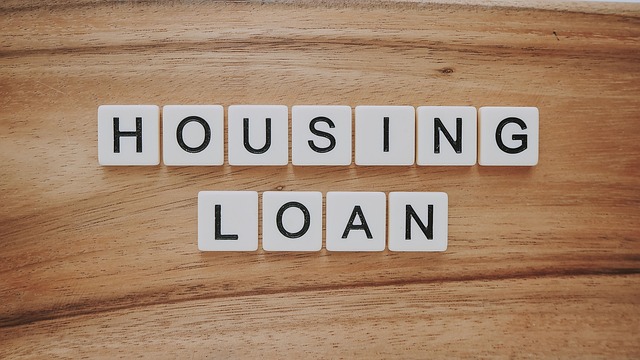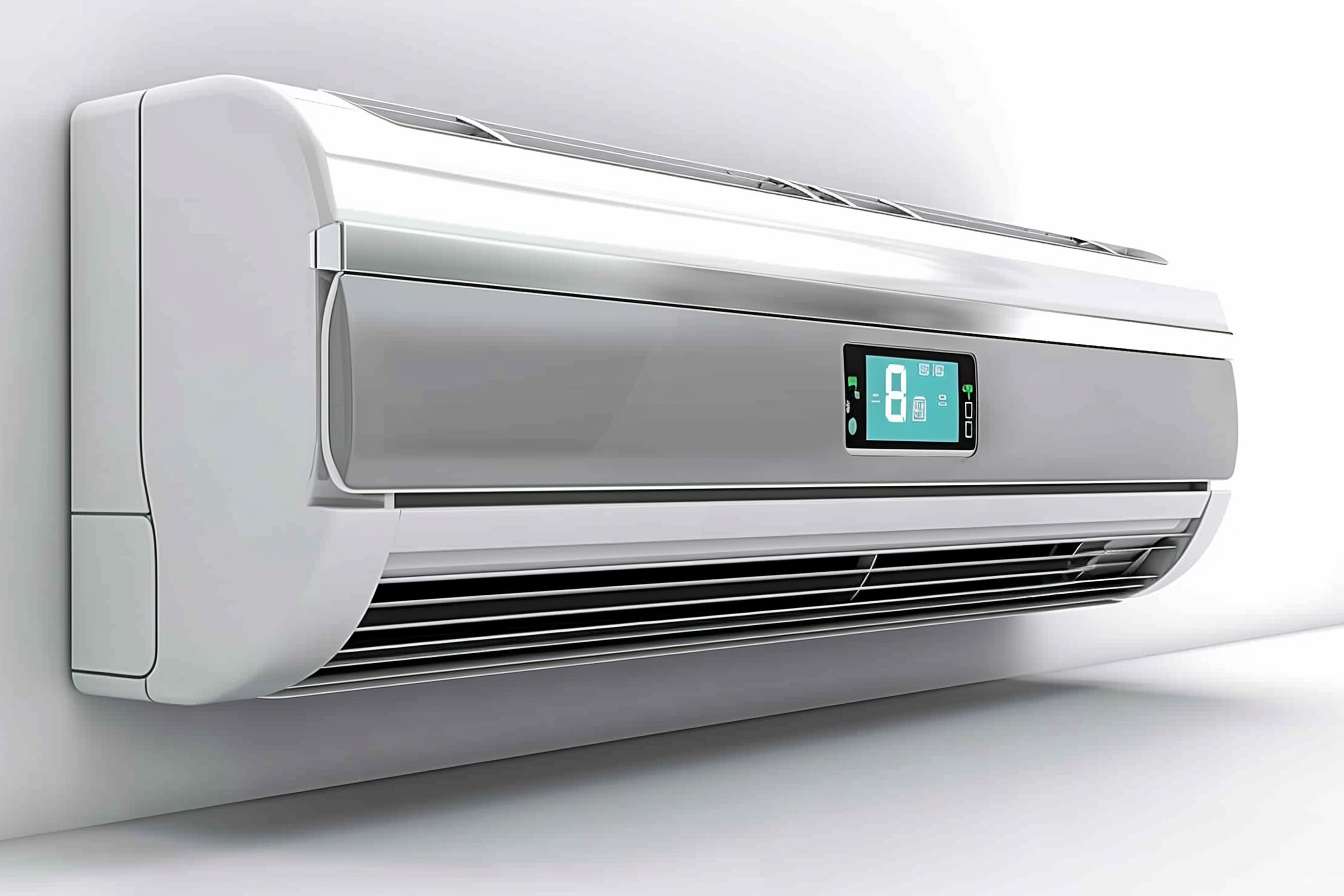Reverse Mortgages: A Comprehensive Guide for Senior Homeowners
Reverse mortgages have become an increasingly popular financial tool for senior homeowners looking to supplement their retirement income. This unique type of loan allows individuals aged 62 and older to borrow against the equity in their homes without making monthly mortgage payments. Instead, the loan is repaid when the homeowner sells the house, moves out, or passes away. Understanding the intricacies of reverse mortgages is crucial for seniors considering this option to enhance their financial stability during retirement.

Who Qualifies for a Reverse Mortgage?
To be eligible for a reverse mortgage, homeowners must meet specific criteria. The primary requirements include:
-
Being at least 62 years old
-
Owning the home outright or having a significant amount of equity
-
Using the property as a primary residence
-
Having the financial means to pay property taxes, insurance, and maintain the home
-
Completing a mandatory counseling session with a HUD-approved counselor
It’s important to note that reverse mortgages are not suitable for everyone, and careful consideration of one’s financial situation is necessary before pursuing this option.
What Are the Benefits of a Reverse Mortgage?
Reverse mortgages can offer several advantages to senior homeowners:
-
Supplemental income: The funds received can help cover daily living expenses, medical costs, or other financial needs during retirement.
-
No monthly mortgage payments: Borrowers are not required to make monthly mortgage payments, which can ease financial strain.
-
Flexibility in fund distribution: Homeowners can choose how they receive the money, whether as a lump sum, monthly payments, or a line of credit.
-
Non-recourse loan: If the home’s value decreases, the borrower or their heirs are not responsible for paying back more than the home’s worth.
-
Ability to stay in the home: Seniors can continue living in their homes while accessing their equity.
What Are the Potential Drawbacks of a Reverse Mortgage?
While reverse mortgages can be beneficial, they also come with potential downsides:
-
Accumulating interest: The loan balance grows over time as interest accrues, potentially leaving less equity for heirs.
-
Fees and closing costs: Reverse mortgages often have higher upfront costs compared to traditional mortgages.
-
Impact on government benefits: The funds received may affect eligibility for certain government assistance programs.
-
Responsibility for property expenses: Homeowners must continue to pay property taxes, insurance, and maintenance costs.
-
Complexity: Reverse mortgages can be complicated, and understanding all terms and conditions is crucial.
How Do Reverse Mortgages Affect Retirement Planning?
Incorporating a reverse mortgage into retirement planning requires careful consideration. While it can provide additional income, it’s essential to weigh the long-term implications:
-
Estate planning: A reverse mortgage may reduce the inheritance left to heirs.
-
Long-term financial security: Assess whether the funds will last throughout retirement.
-
Alternative options: Compare reverse mortgages with other financial strategies, such as downsizing or traditional home equity loans.
-
Impact on aging in place: Consider how long you plan to stay in your home and whether a reverse mortgage aligns with those plans.
What Are the Costs Associated with Reverse Mortgages?
Understanding the costs involved in obtaining a reverse mortgage is crucial for making an informed decision:
-
Origination fees: Lenders charge for processing the loan, typically 2% of the first $200,000 of the home’s value and 1% of the remaining value, with a cap of $6,000.
-
Mortgage insurance premiums: For federally-insured reverse mortgages, there’s an upfront premium of 2% of the home’s appraised value and an annual premium of 0.5% of the outstanding loan balance.
-
Closing costs: These include appraisal fees, title searches, and other standard mortgage closing expenses.
-
Interest: Rates can be fixed or adjustable, affecting the overall cost of the loan over time.
-
Servicing fees: Some lenders charge monthly fees for servicing the reverse mortgage.
| Cost Type | Typical Range | Notes |
|---|---|---|
| Origination Fee | $2,500 - $6,000 | Based on home value |
| Mortgage Insurance Premium (Upfront) | 2% of home’s value | For federally-insured loans |
| Annual Mortgage Insurance Premium | 0.5% of loan balance | Ongoing cost |
| Closing Costs | $1,000 - $3,000 | Varies by location and lender |
| Interest Rate | 3% - 5% | Can be fixed or adjustable |
Prices, rates, or cost estimates mentioned in this article are based on the latest available information but may change over time. Independent research is advised before making financial decisions.
In conclusion, reverse mortgages can be a valuable financial tool for senior homeowners seeking to enhance their retirement income. However, they come with both benefits and potential drawbacks that must be carefully weighed. Understanding the qualification requirements, costs, and long-term implications is essential for making an informed decision. Seniors considering a reverse mortgage should consult with financial advisors, housing counselors, and family members to determine if this option aligns with their retirement goals and overall financial plan.






